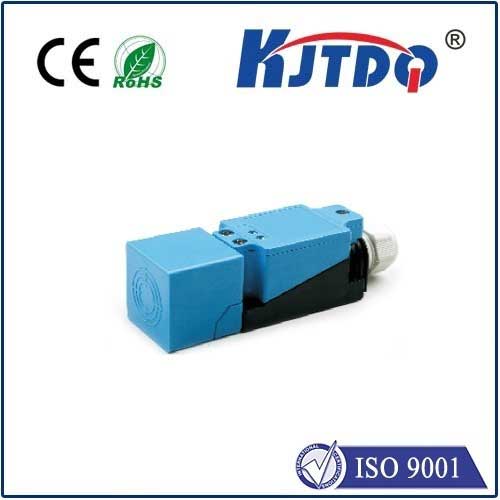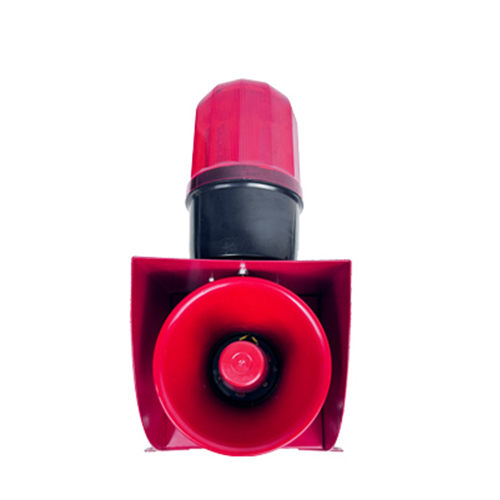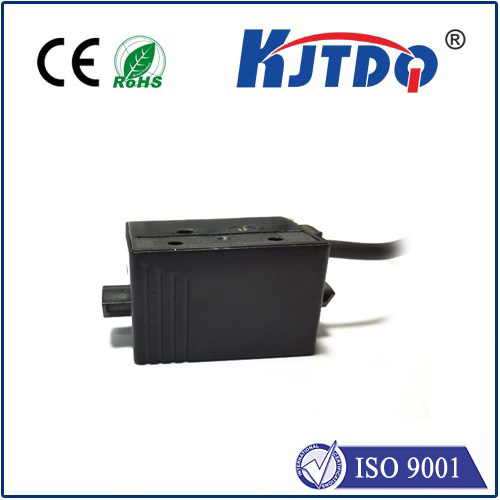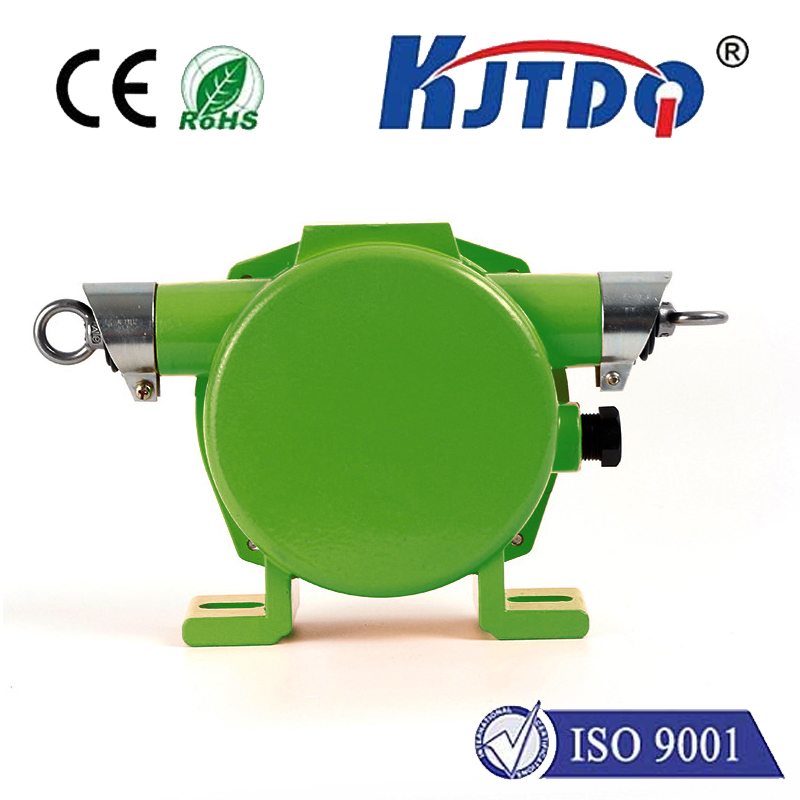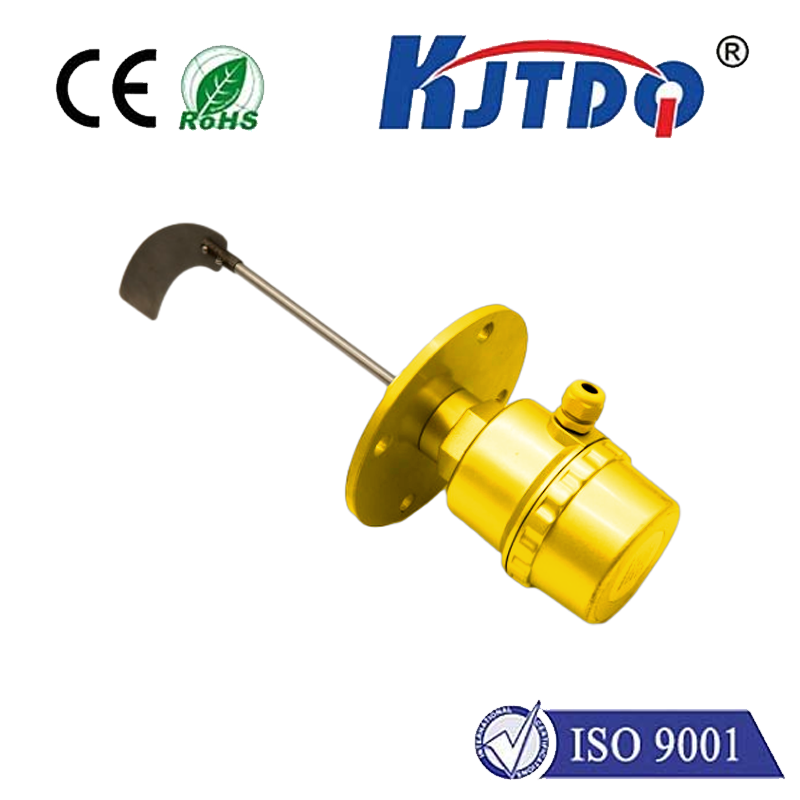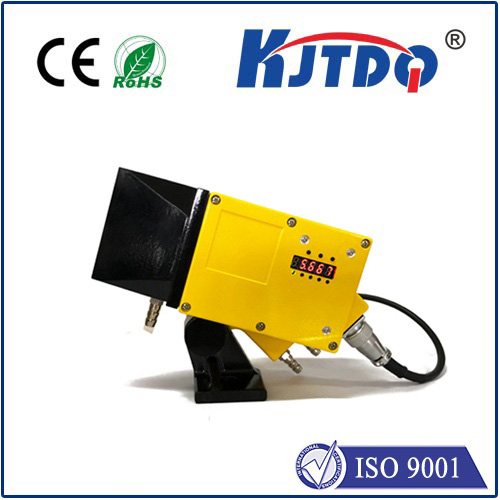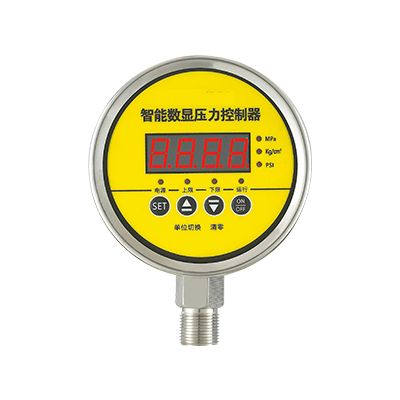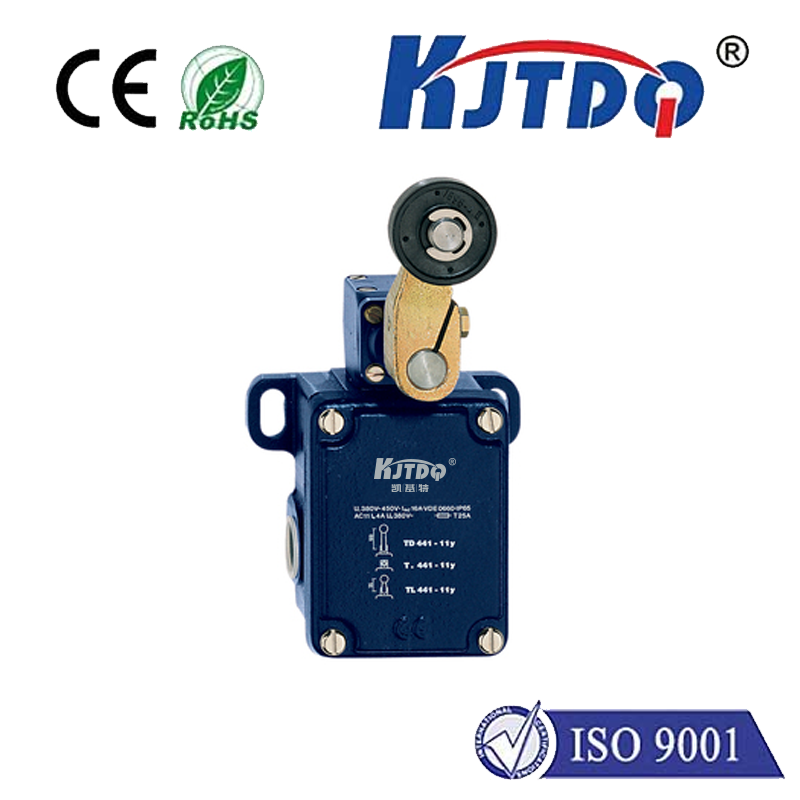PI1717 pressure sensor
- time:2025-09-23 05:30:17
- Click:0
PI1717 Pressure Sensor: Uncompromising Precision for Demanding Environments
Pressure measurement is the invisible heartbeat of countless systems. From ensuring patient safety in ventilators to optimizing combustion in heavy machinery, accurate pressure data is non-negotiable. Enter the PI1717 Pressure Sensor: a robust transducer engineered to deliver reliable performance where it matters most. This isn’t just another sensor; it’s a cornerstone technology designed for applications demanding high fidelity data under challenging operational conditions.
The Critical Role of Pressure Sensing
Understanding pressure is fundamental across a staggering array of industries. In industrial process control, precise pressure readings dictate reaction rates, flow dynamics, and product quality. The automotive sector relies heavily on sensors for engine management, fuel efficiency, emissions control, and safety systems like brake boosters. Medical devices, from infusion pumps to diagnostic equipment, hinge on accurate pressure monitoring for patient well-being. Even HVAC systems depend on pressure sensors to optimize airflow and energy consumption. Choosing the right sensor isn’t just about data; it’s about system integrity, safety, efficiency, and ultimately, success.
Engineered for Performance: The PI1717 Advantage

The PI1717 pressure transducer stands out by addressing the core challenges inherent in pressure measurement: accuracy, durability, and versatility.
- Robust Construction: Designed with industrial and demanding applications in mind, the PI1717 typically boasts a stainless steel housing and sensing element. This inherent ruggedness provides excellent resistance to vibration, shock, and harsh chemicals commonly encountered in process industries or mobile hydraulics. Its resilience translates directly to longer operational lifespans and reduced downtime.
- High Accuracy and Stability: At its core, the PI1717 utilizes advanced piezoresistive technology. This allows it to offer highly reliable pressure measurements with impressive accuracy specifications – often within fractions of a percent of full scale. Furthermore, it features excellent long-term stability, meaning readings remain consistent over time, minimizing calibration frequency and ensuring process reliability. For critical measurements, this accuracy is paramount.
- Dual Pressure Range Capability: A significant feature often associated with variants of the PI1717 is its ability to handle both gauge pressure (pressure relative to atmosphere) and absolute pressure (pressure relative to vacuum). This versatility eliminates the need for separate sensor types for different applications, simplifying inventory and design considerations for OEMs and system integrators.
- Wide Operating Range: Engineered to perform under duress, the PI1717 typically operates effectively across a broad temperature spectrum. This ensures consistent performance whether installed on a scorching engine block or within a refrigerated processing unit, maintaining reliability where environmental conditions fluctuate.
- Output Flexibility & Ease of Integration: Recognizing the diverse nature of modern control systems, the PI1717 commonly offers multiple output options, such as 0.5-4.5V ratiometric, 0-10V, or 4-20mA signals. This facilitates seamless integration with PLCs, data loggers, microcontrollers, and other control units. Its electrical and mechanical interfaces are often designed for straightforward mounting and connection.
Where the PI1717 Excels: Key Applications
The inherent strengths of the PI1717 pressure transducer make it an ideal solution for numerous demanding scenarios:
- Industrial Automation & Process Control: Precise monitoring of hydraulic and pneumatic pressures in machinery, tank level sensing, filter monitoring, and leak detection systems rely on sensors like the PI1717 for process optimization and safety.
- Mobile Equipment: Excavators, agricultural machinery, forklifts – these machines operate under extreme vibration and shock. The PI1717’s durable design is perfect for hydraulic pressure monitoring in cylinders, pumps, and valves, ensuring efficient operation and preventing costly failures.
- HVAC/R Systems: Optimizing compressor operation, monitoring refrigerant pressures, and ensuring safe system function requires robust, accurate sensors capable of handling refrigerants and wide temperature swings – a core strength of the PI1717 pressure transducer.
- Test & Measurement Rigs: Whether in engine test stands, fluid dynamics research, or product validation, the accuracy and stability of the PI1717 provide researchers and engineers with trustworthy data.
- Medical Equipment (Suitable Variants): For non-invasive medical devices requiring precise pressure readings, specific variants of sensors like the PI1717 can be utilized in applications such as respiratory equipment monitoring or specialized diagnostic tools, demanding high reliability.
Selecting and Integrating the PI1717
When incorporating the PI1717 pressure sensor into your system, consider these critical factors:
- Pressure Range: Select a model whose maximum pressure rating (e.g., 100 psi, 300 bar) comfortably exceeds your system’s normal operating pressure, including any potential surges. This ensures longevity and safety.
- Media Compatibility: Verify that the sensor’s wetted materials (typically 316L stainless steel) are compatible with the fluid or gas being measured to prevent corrosion or contamination. This is crucial for long-term performance.
- Output Signal & Power Supply: Choose the output type (voltage or current) that best interfaces with your control system. Ensure your power supply meets the sensor’s specified requirements (e.g., 5VDC, 10-30VDC).
- Environmental Conditions: Consider the ambient operating temperature range and potential exposure to moisture, dust, or chemicals. While robust, ensuring the sensor’s ratings match the environment prevents premature degradation. Proper sealing or mounting enclosures might be necessary for extreme cases.
- Electrical Connection & Mounting: Ensure you have the correct cable or connector, and that the mounting thread (e.g., G1/4”, G1/2”, 1⁄4” NPT) matches your application port. Proper installation torque is essential for a leak-free seal and sensor longevity.
Beyond the Spec Sheet: The Value Proposition
While technical specifications are vital, the real value of the PI1717 lies in its ability to solve operational challenges. Its rugged construction minimizes unexpected failures and maintenance costs. Its high accuracy and stability lead to better process control, improved product quality, and enhanced system efficiency. The versatility offered by its pressure range options and electrical outputs simplifies system design and reduces integration headaches. Ultimately, choosing a sensor like the PI1717 translates into increased operational uptime, reduced total cost of ownership, and peace of mind.
For engineers and system designers tasked with implementing reliable pressure measurement under demanding conditions, the PI1717 pressure transducer represents more than just a component – it’s an investment in precision, durability, and the smooth, safe operation of the system it monitors. Its consistently dependable performance makes it a preferred choice across numerous critical industries where measurement integrity cannot be compromised.






